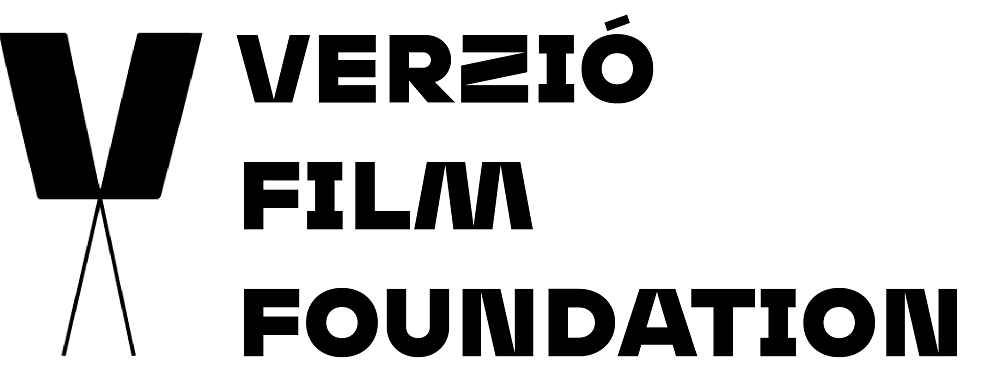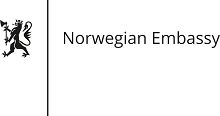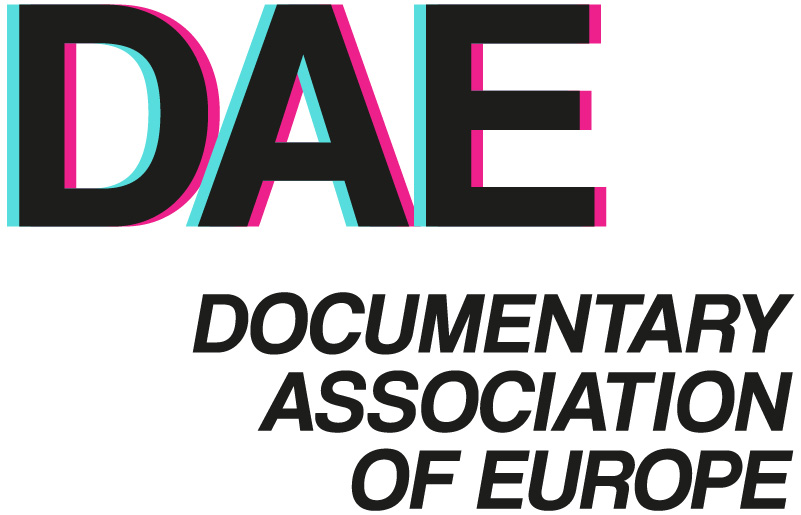Whose garbage is on the North Pole? Social responsibility of environmental damages

At the beginning, he is collecting litter from the shore and the water with his Inuit friend and kayak tour guide, Kris Jensen at the North Polar Circle – which is thought to be ‘untouched nature’ and is yet full of litter carried there by the currents from all over the world. They have found different goods from the UK and Germany – that was the moment when he decided he will track down the path of a plastic bottle from Dresden travelling up north through the Elbe, the North Sea and then the Atlantic Ocean.
Right after these beautiful Polar scenes, we see the city’s trash bins full of waste, partying people with confetti, smoking cigarettes. It shows a huge contrast between the two worlds. The one we are living in, polluting the Earth and the other one, the innocent uninhabited nature that suffers the consequence of the consumer society. That was when the topic of this article occurred to me: how much responsibility do we have in all of this? Is this documentary’s purpose to make the viewer feel guilty? Is this movie going to be about the social responsibility of polluting the ecosystem?
In Catastrophism and Its Critics: On the New Genre of Environmentalist Documentary Film [2] Michael Truscello shared the story of Diana Liverman – a professor of Geography – and her class in which she was talking about the climate change. The way she introduced the topic to the students made them estranged and depressed. That is a very good example how an issue or problem should or should not be introduced to the “world”. In The North Drift the focus is not on how to scare the people (even though the information about microplastics truly made me sad and felt like a lost cause – but still there was some positivity coming from the activists and the marine biologist who were participating in the project) but more likely to present an issue.
“…We didn’t create this problem…we’re born into a sort of system where we cannot live without using plastics…”– these are Kris’s words, which I think are one of the most essential sentences in the whole movie. As a matter of fact, money rules everything. If it was economically favourable to ban all kind of single-use plastic items, the governments would do so. Until the plastic lobby is standing strong and makes good deals, nothing will change. Michael Truscello wrote about this issue regarding Louie Psihoyos’s film, Racing Extinction (2015), which shows us a very similar situation as it is spoken about in The North Drift. Truscello reflects on the ‘relationship’ between the sharks and the government in Isla Mujeres. Which is very simple: if shark tourism brought more money than shark hunting, the government would protect them. It is not a unique case, the same system works all over the world, such as in some of Africa’s national parks. Lots of studies show that trophy and sport hunting have a good impact on the local communities and wildlife. [3] Those areas and countries where sport hunting is legal (such as in Zimbabwe or northern Cameroon) are taking more seriously the wildlife protection and the fight against poachers. But obviously the reason is the money, because a huge amount of revenue comes from the hunting.
“We need to involve everybody in the community, to involve the politicians not only for a day just before the election. We need them in the whole year, the whole period they are chosen for…” – that’s another important sentence from the documentary, spoken by one of the experts. On the one hand, a lot of politicians use the global warming, climate change and general issues and dilemmas regarding the environment as a tool to get into power and gain more votes. On the other hand, the question of climate change became a political question – each side and party have their own theory and opinion on this issue. [4]
Back to the original topic, in my opinion, this problem should be solved globally. It is not enough if the government bans certain types of plastics in Germany. It is not enough if they ban these in Europe. They should be banned all over the world. That is what this movie is about: it doesn’t matter where the garbage is coming from, it will end up on another continent. The North Drift shows us how pure nature can be invaded by junk and garbage. As I already mentioned above, the purpose was not to shock and to discourage the people, but to point out a universal problem, that is still uncertain how to be solved.
Nonetheless, let’s not forget, that fighting against polluting and destroying our planet is not only an environmental question. Living in a clean, healthy, and sustainable environment is also one of the human rights. [5]
Mesterházy Flóra
ELTE BTK Film Studies
[1] Nichols, Bill: Introduction to Documentary. Indiana University Press, 2017. pp. 156–157.
[2] Truscello, Michael: Catastrophism and Its Critics: On the New Genre of Environmentalist Documentary Film. In: Jagodzinski, Jan (ed.): Interrogating the Anthropocene. Ecology, Aesthetics, Pedagogy, and the Future in Question. Palgrave Macmillan, Cham, 2018. pp. 257–258.
[3] Yasuda, Akito: Is sport hunting a breakthrough wildlife conservation strategy for Africa? Field Actions Science Reports, 2012 vol. 6.
[4] Murray, Sarah: How climate change become political, Financial Times, November 1, 2021. https://www.ft.com/content/4bac715b-2812-4610-a528-dc8db9ecd635
[5] Office of the High Commissioner for Human Rights, Right to healthy environment, April 12 2022.

















































